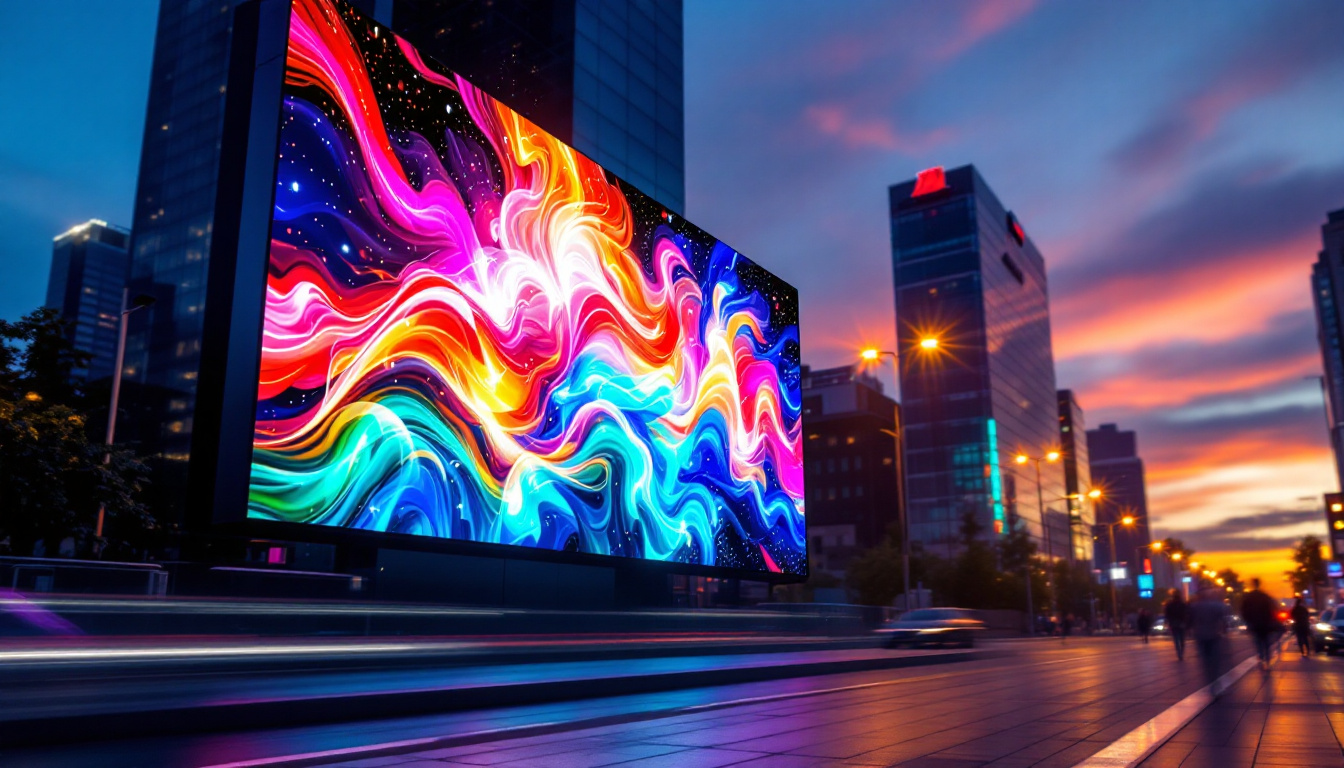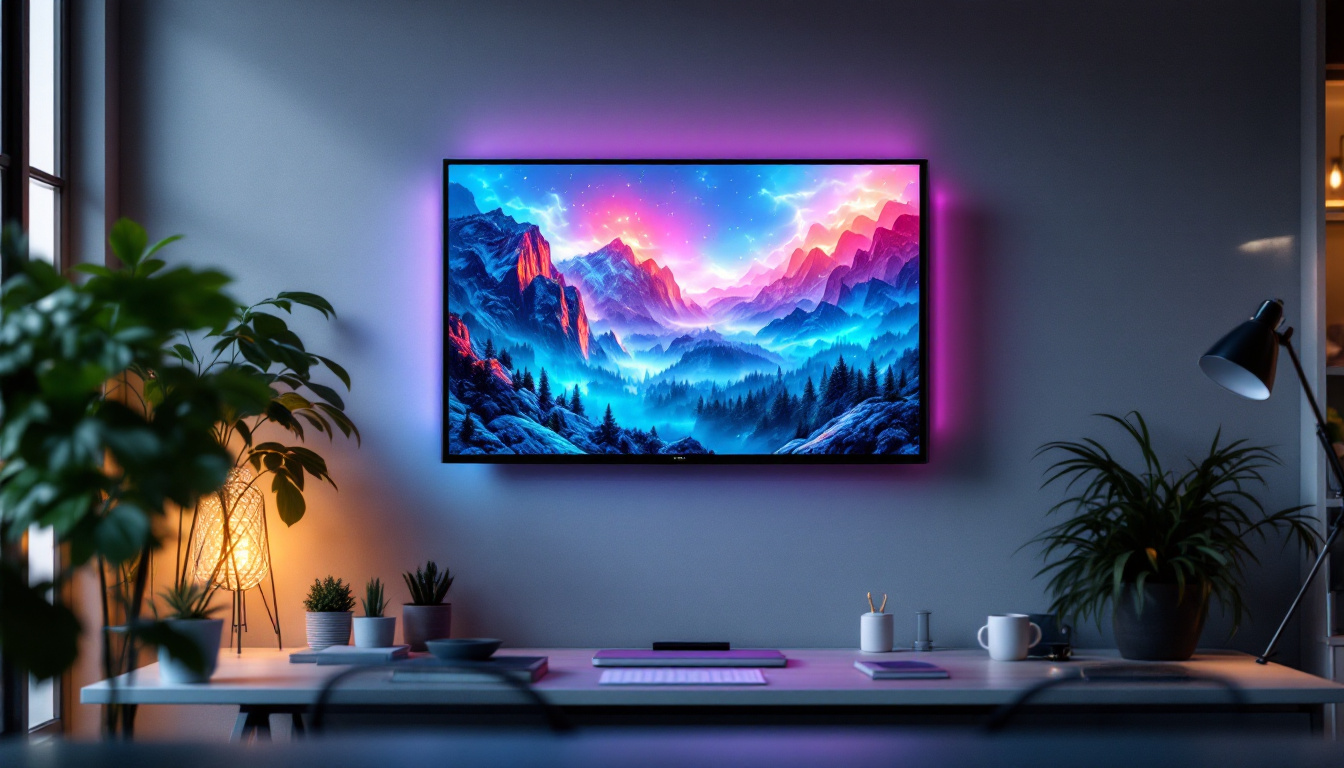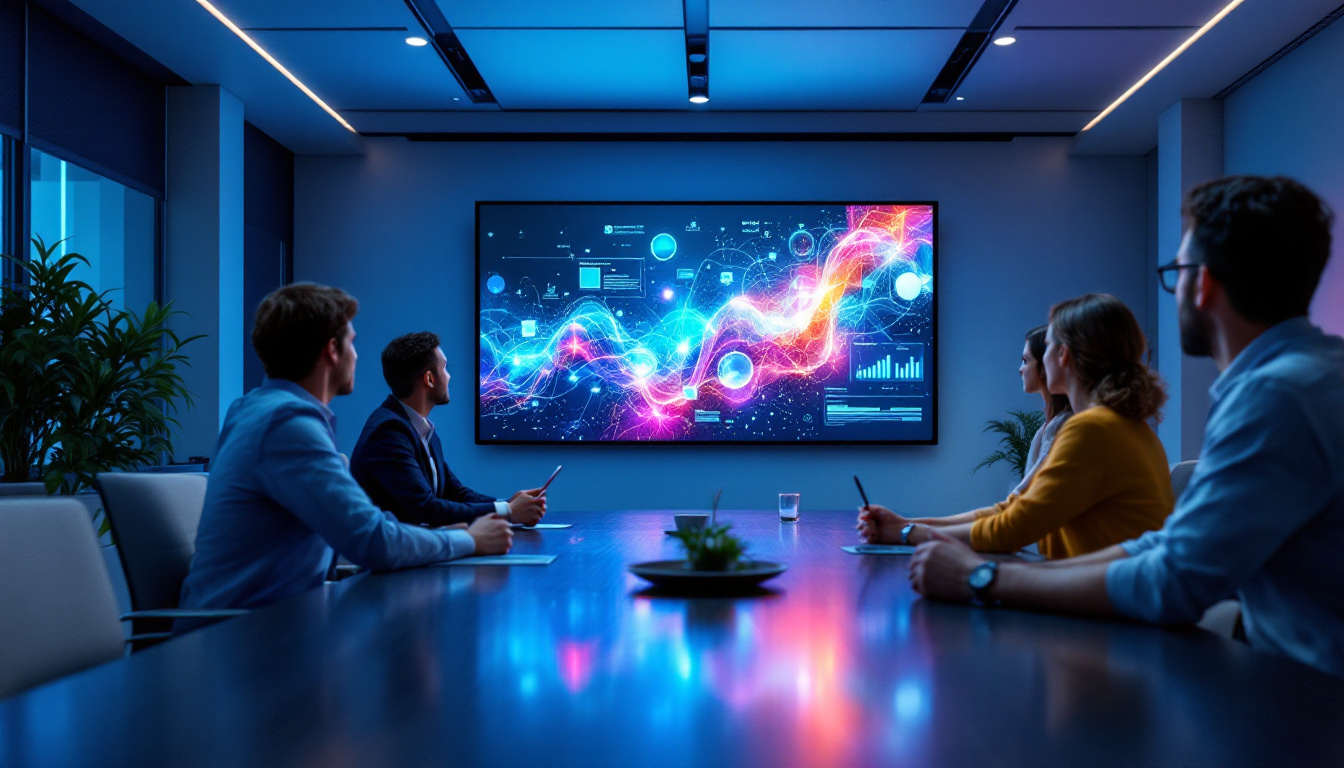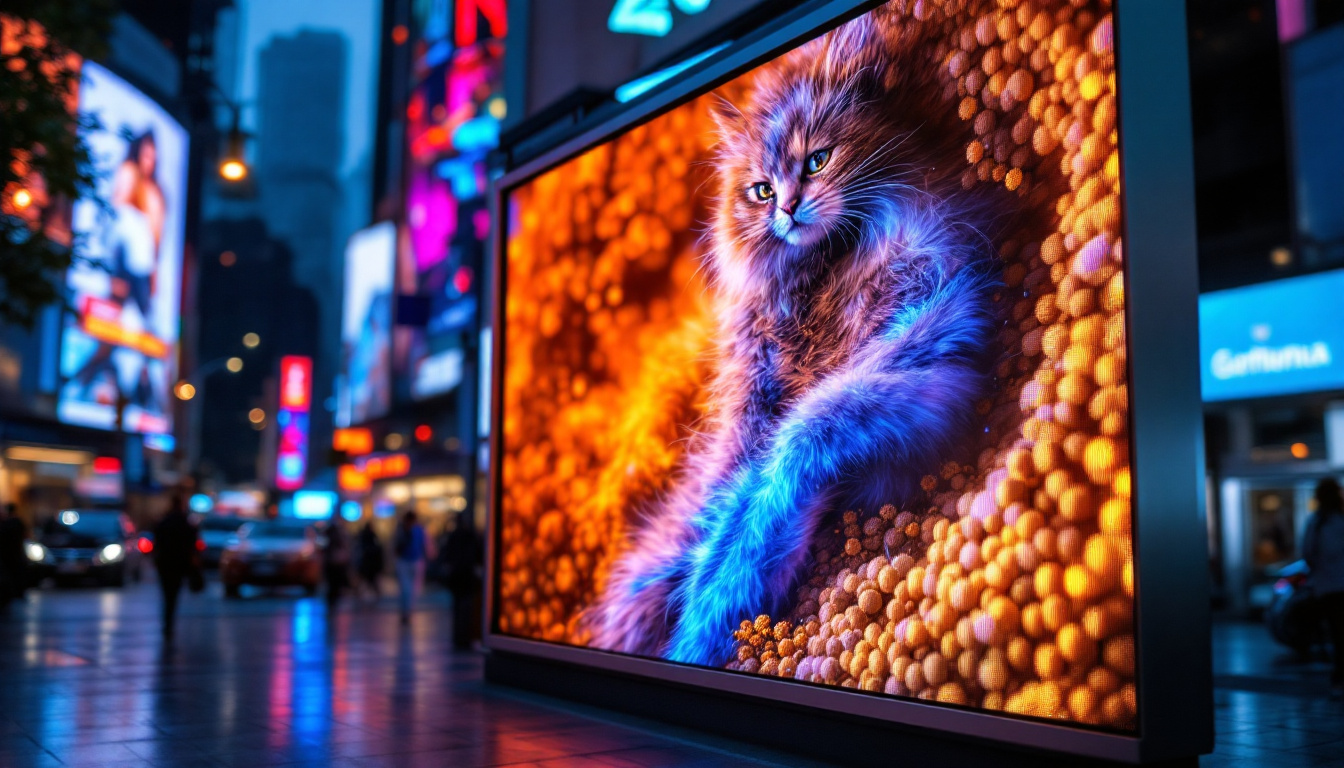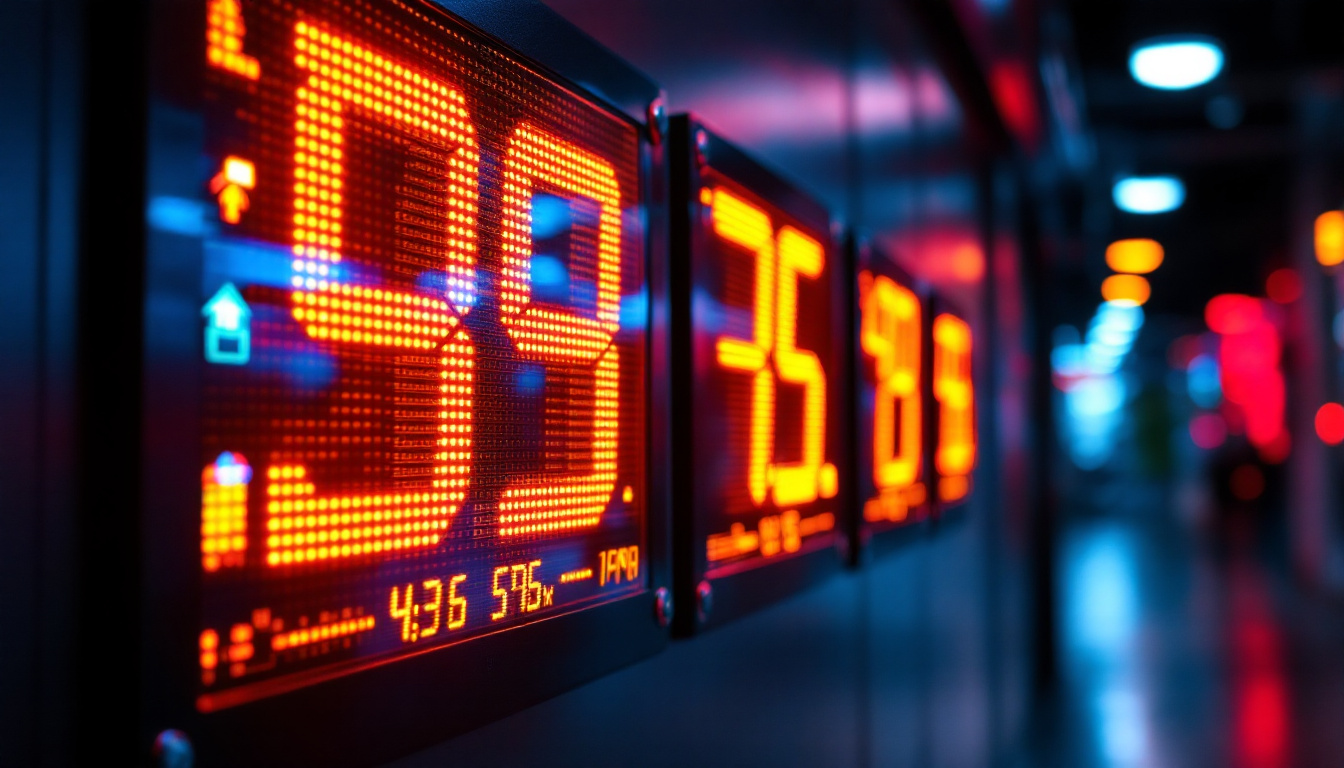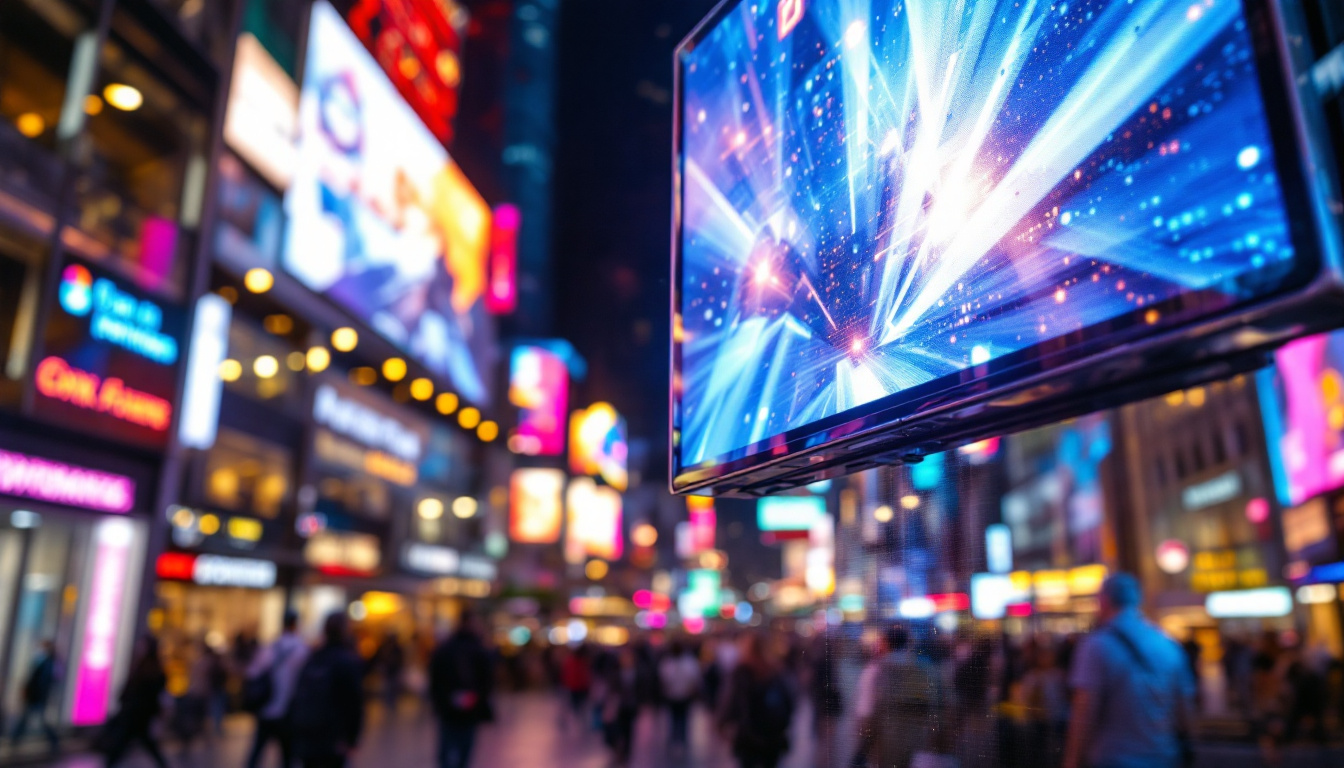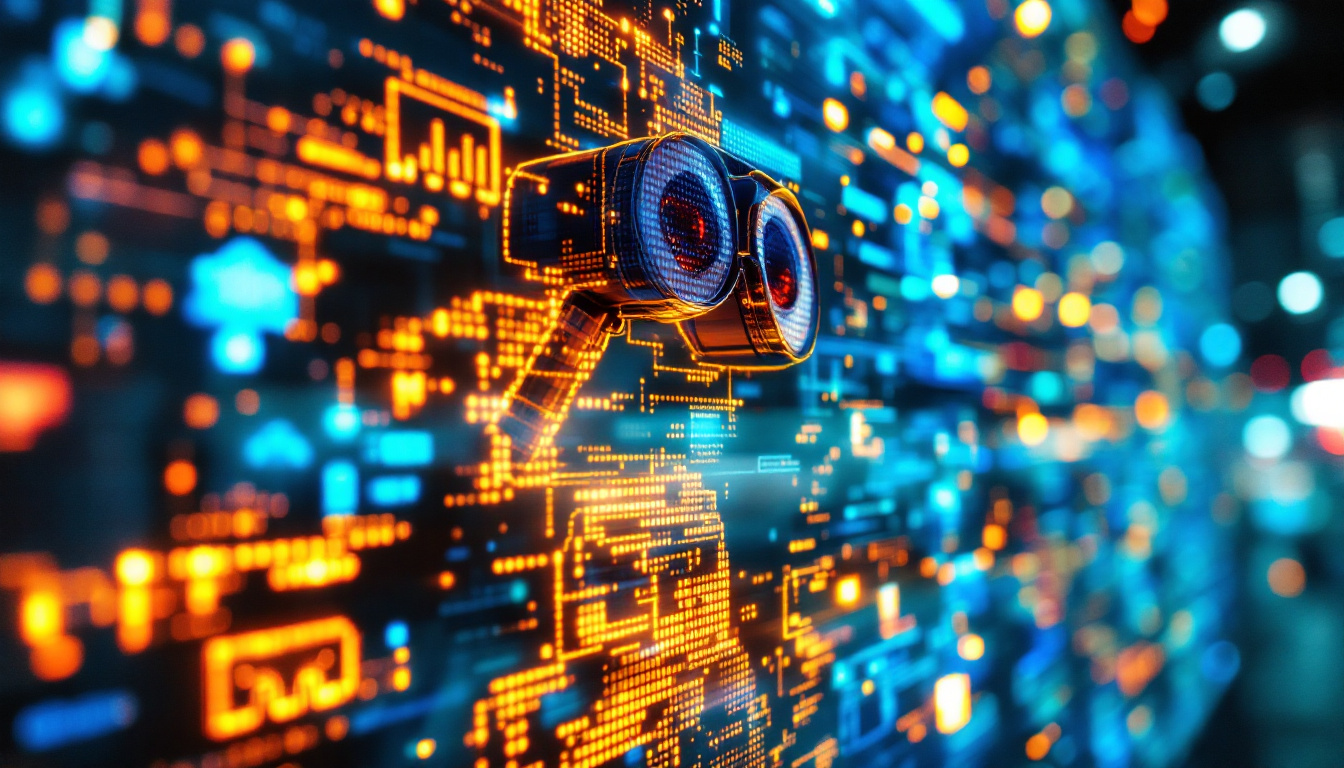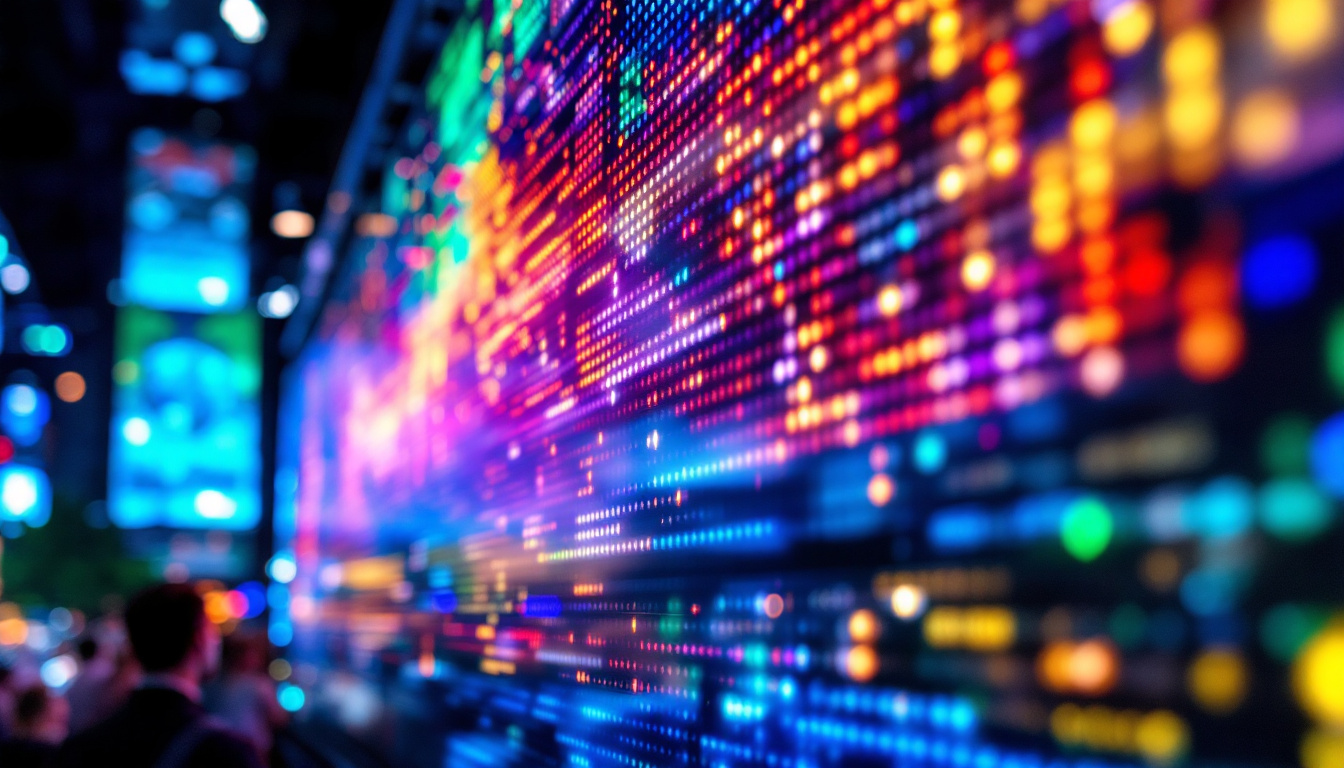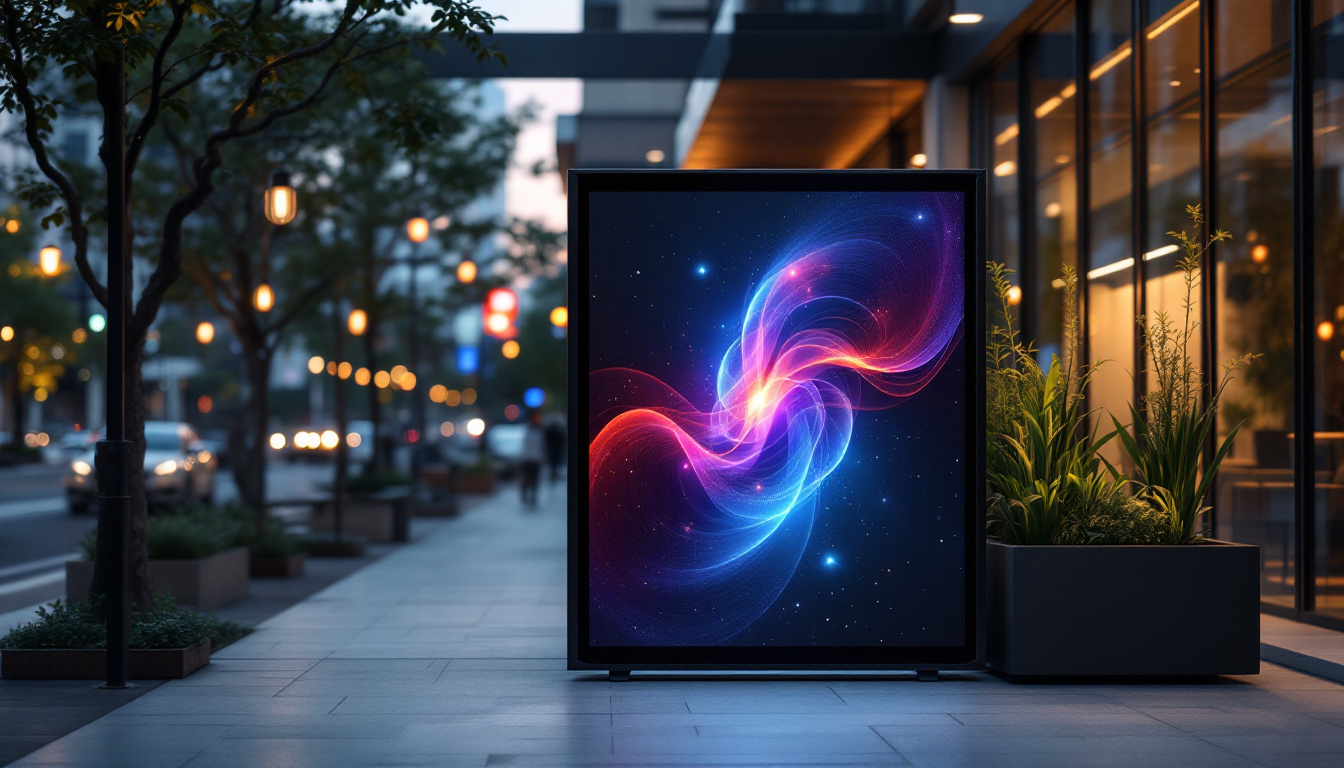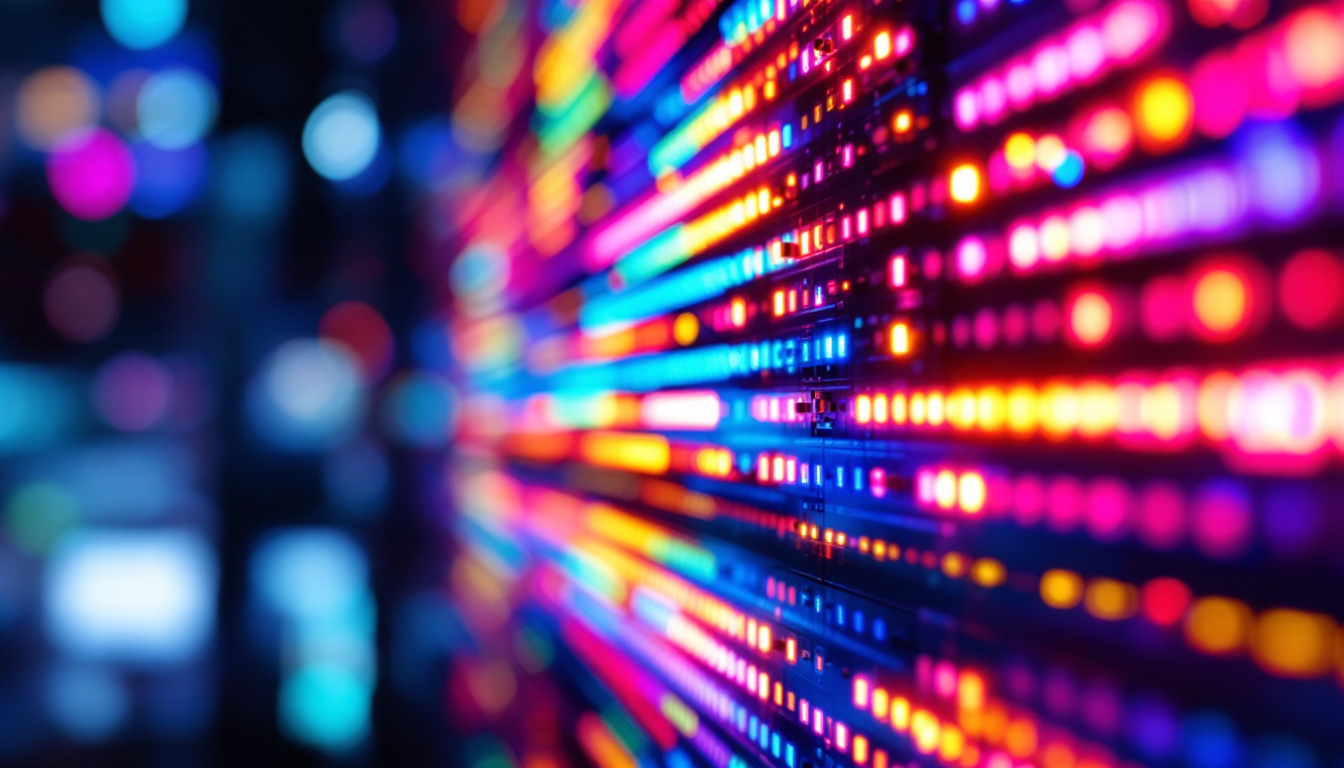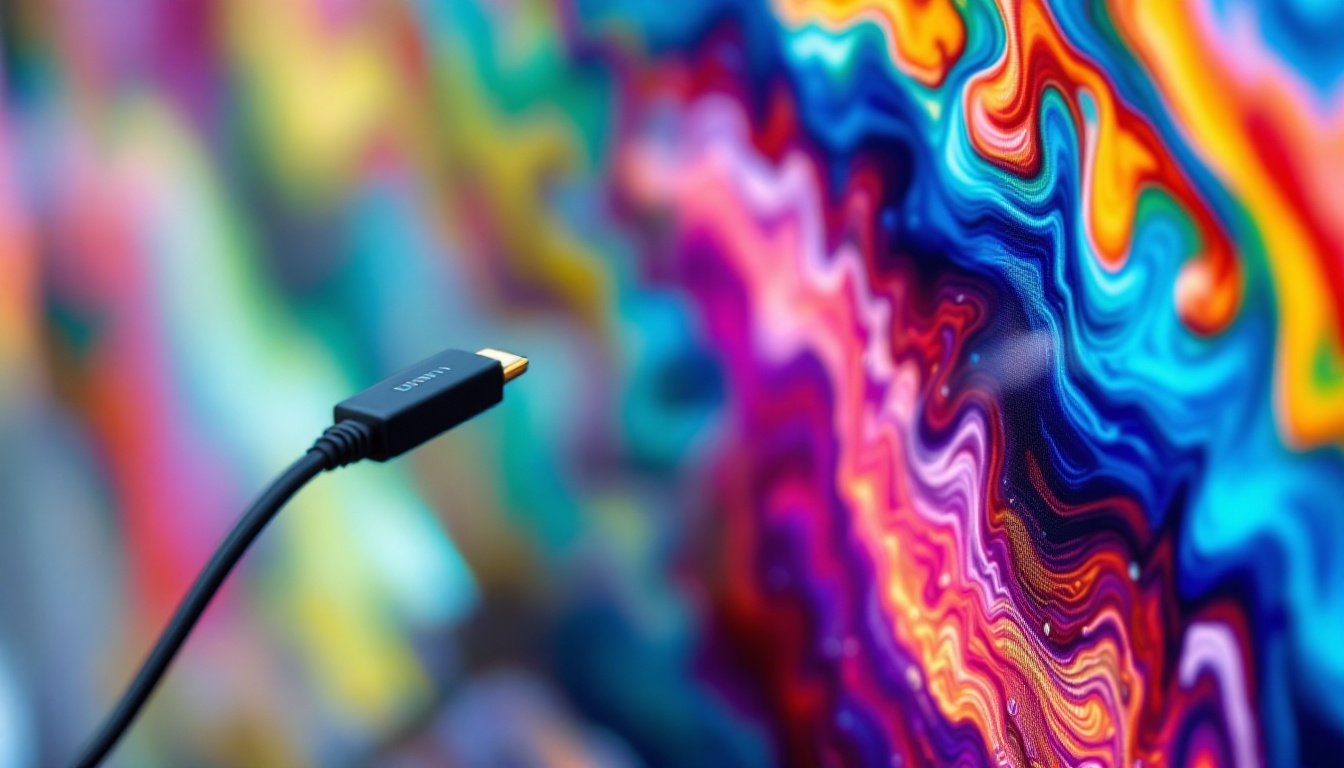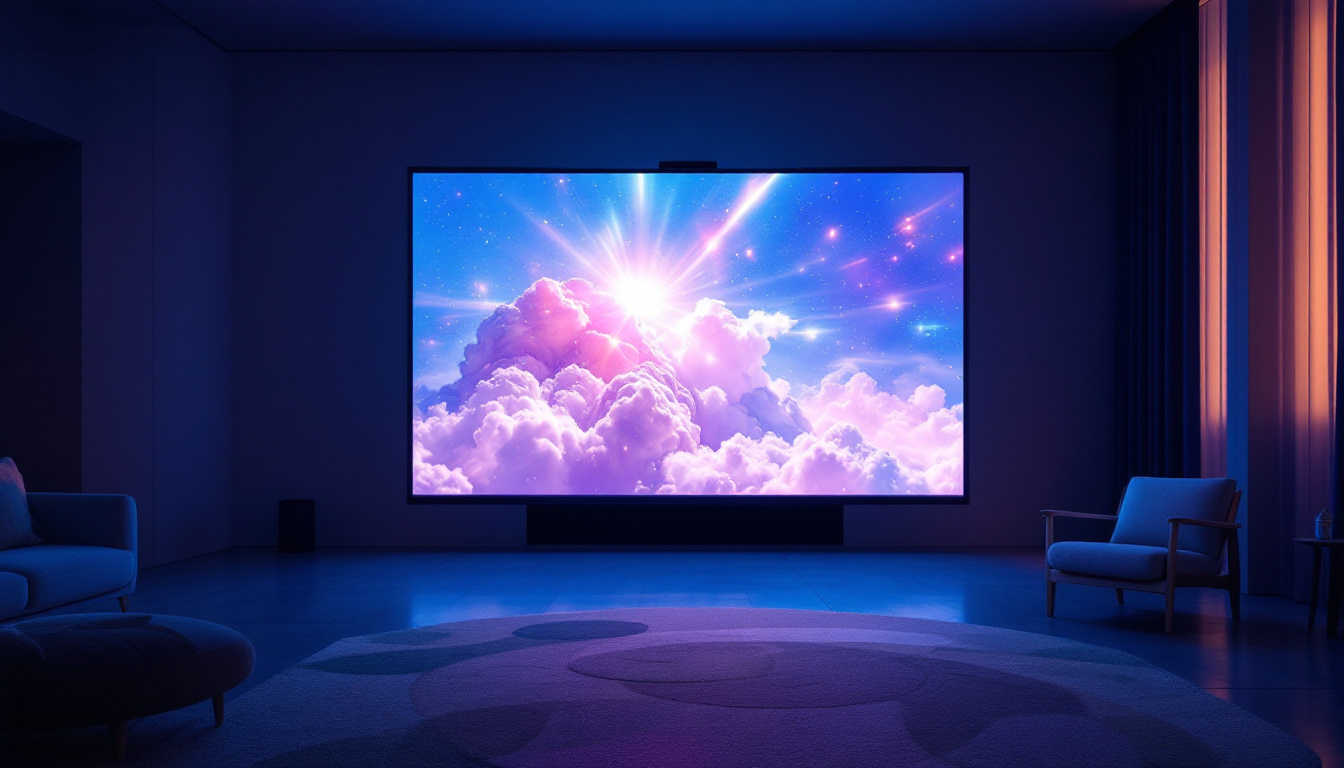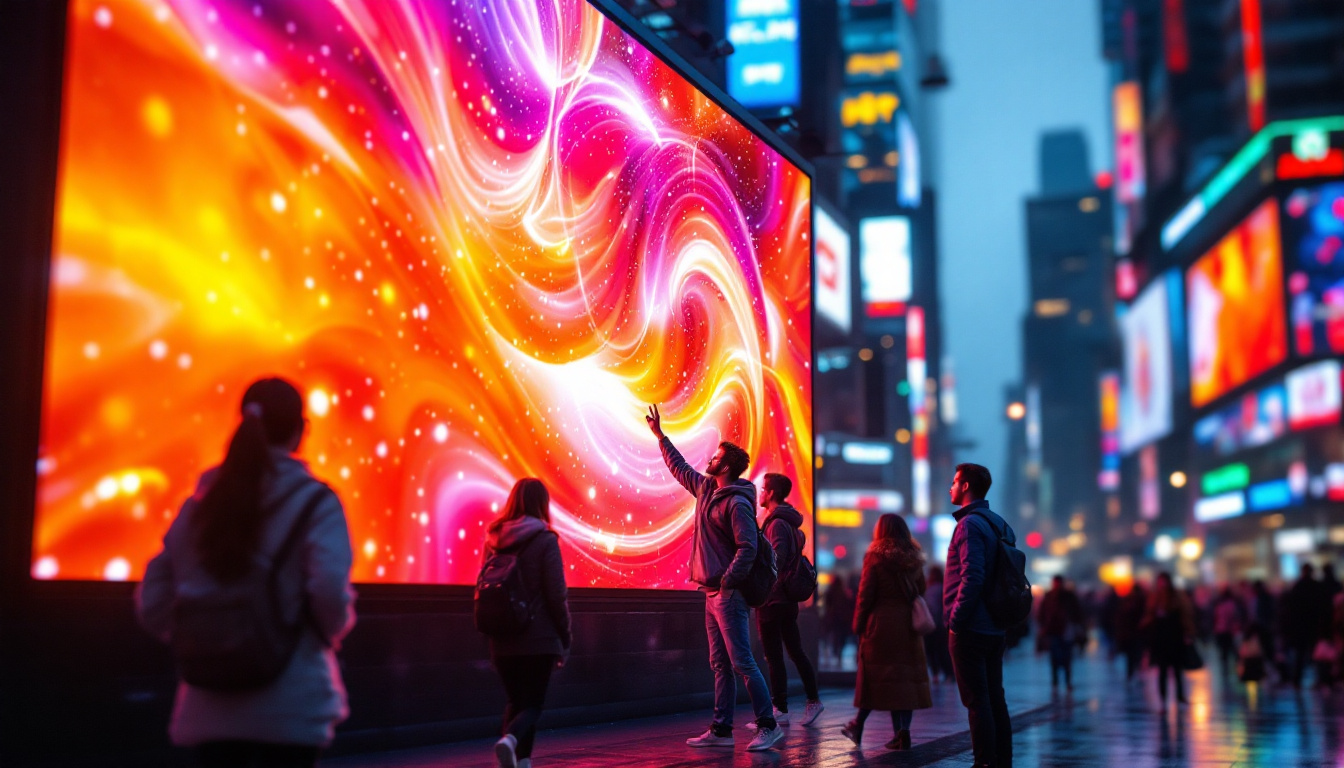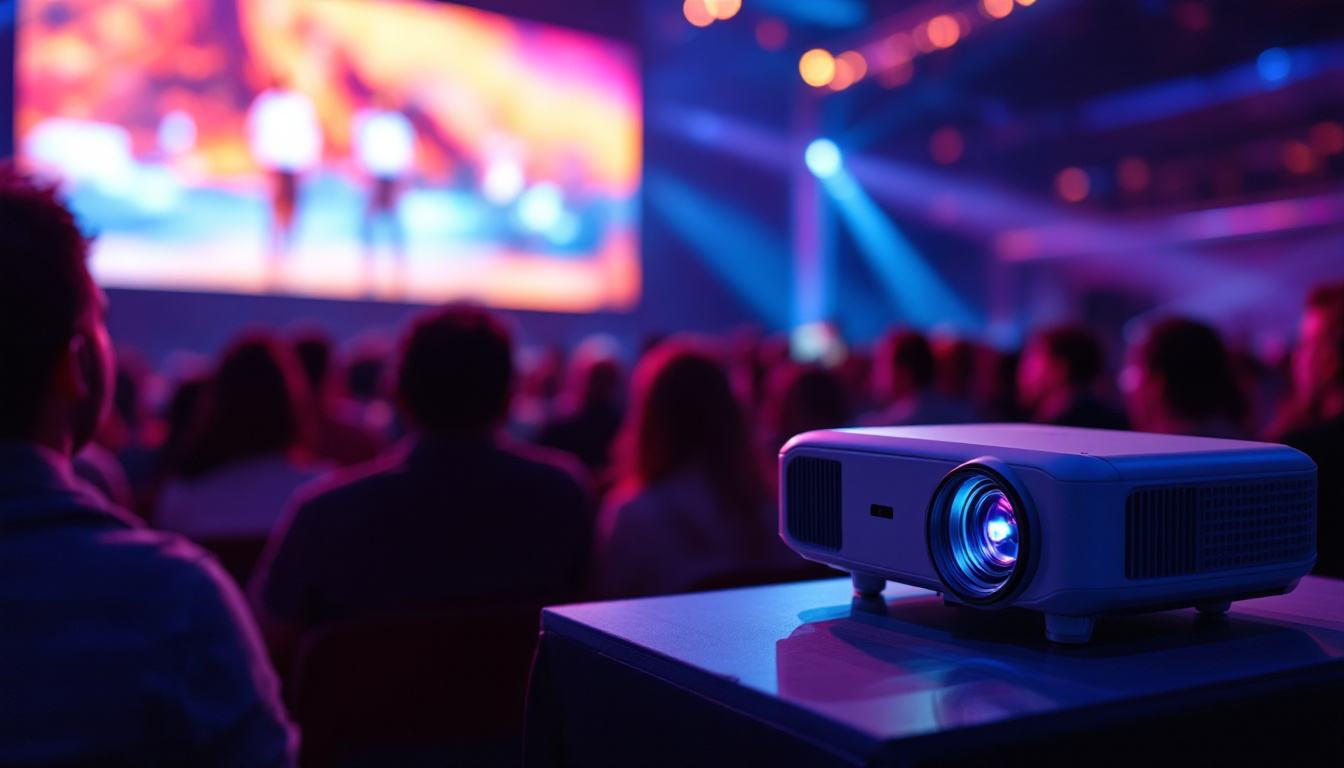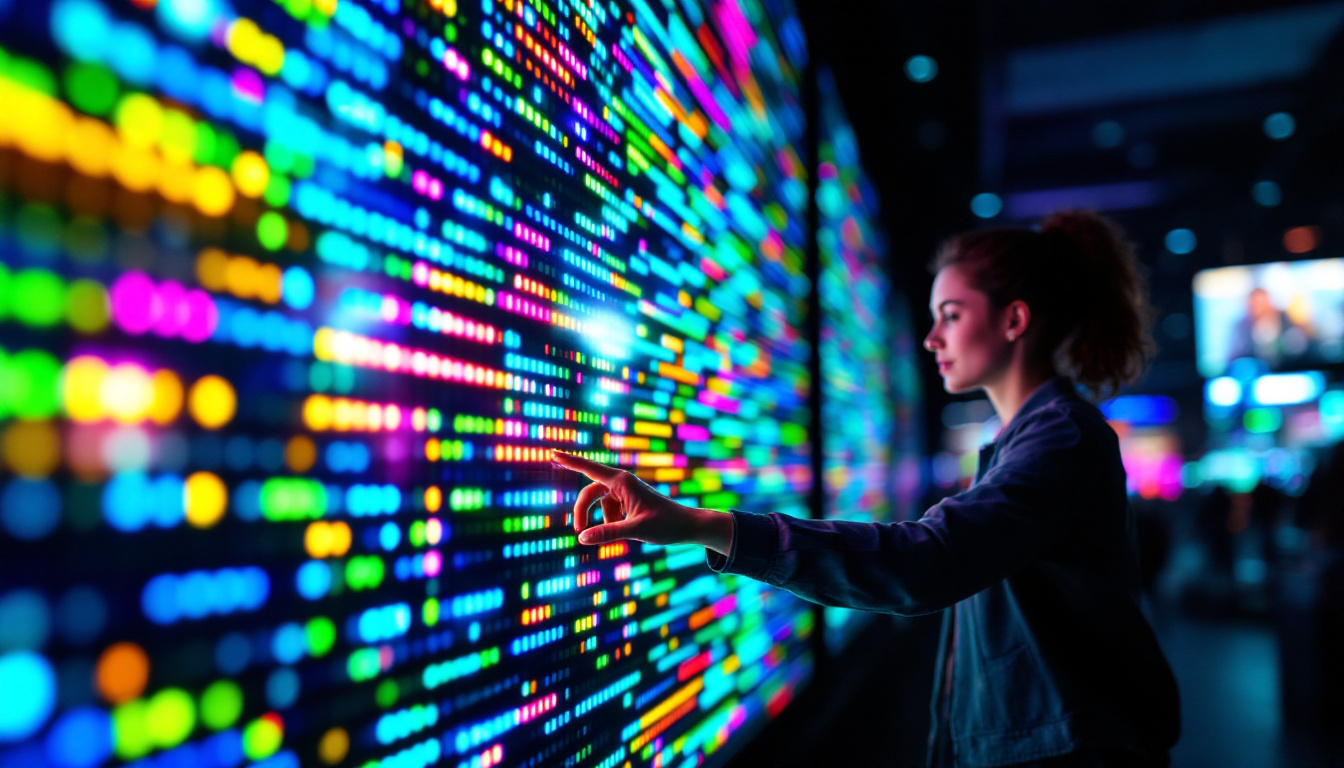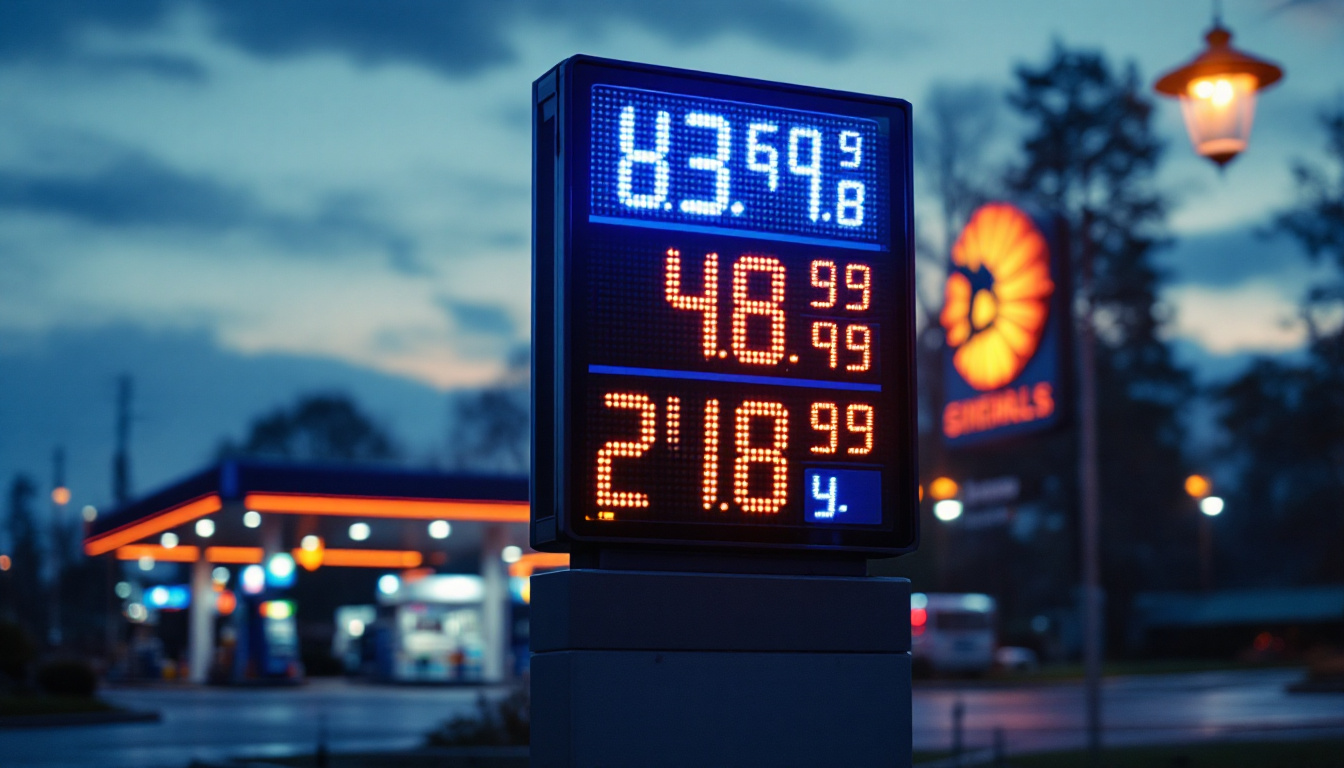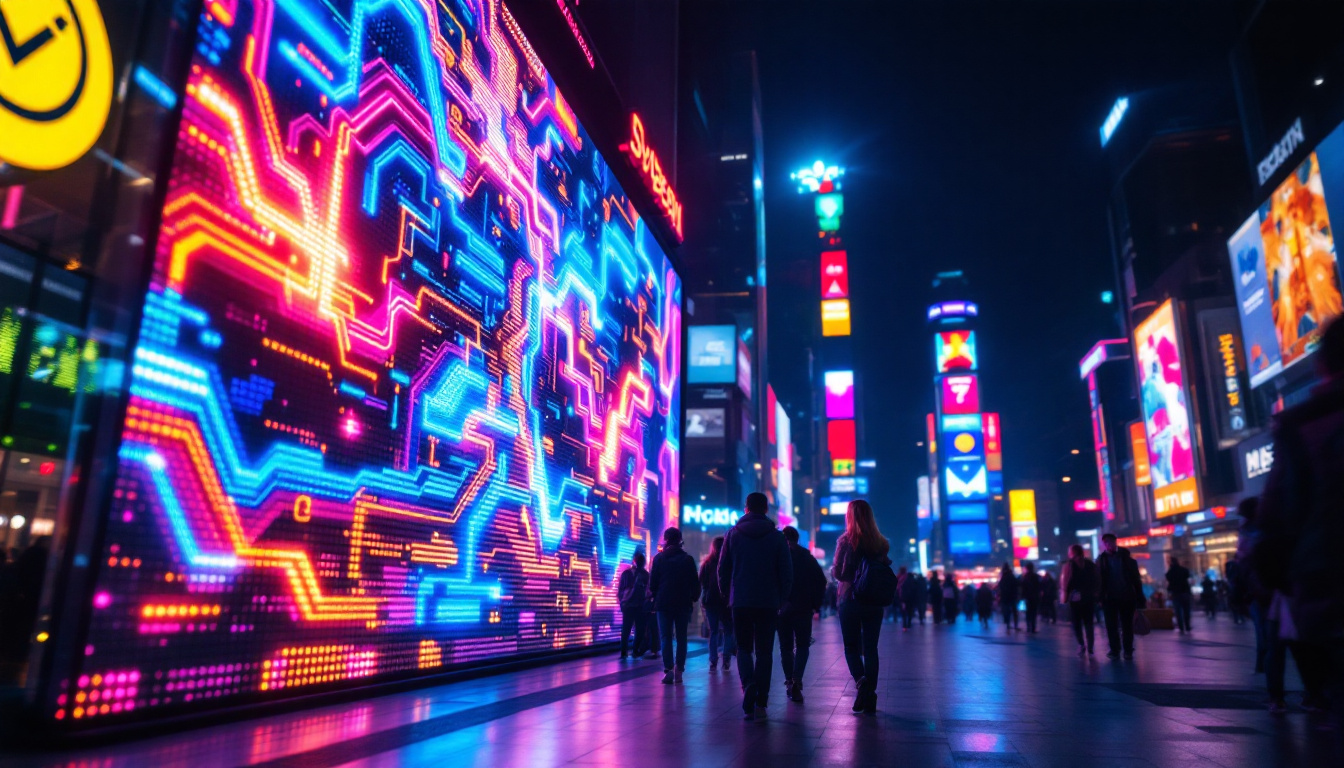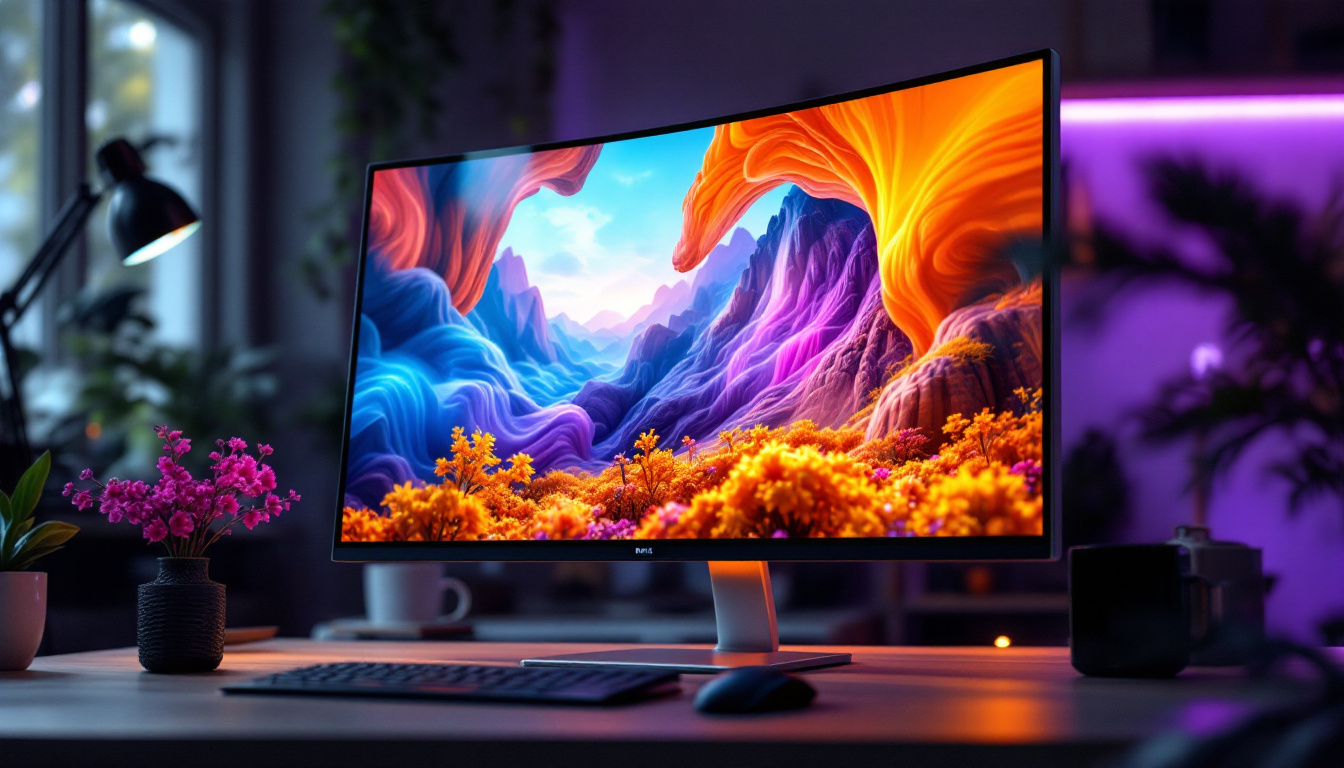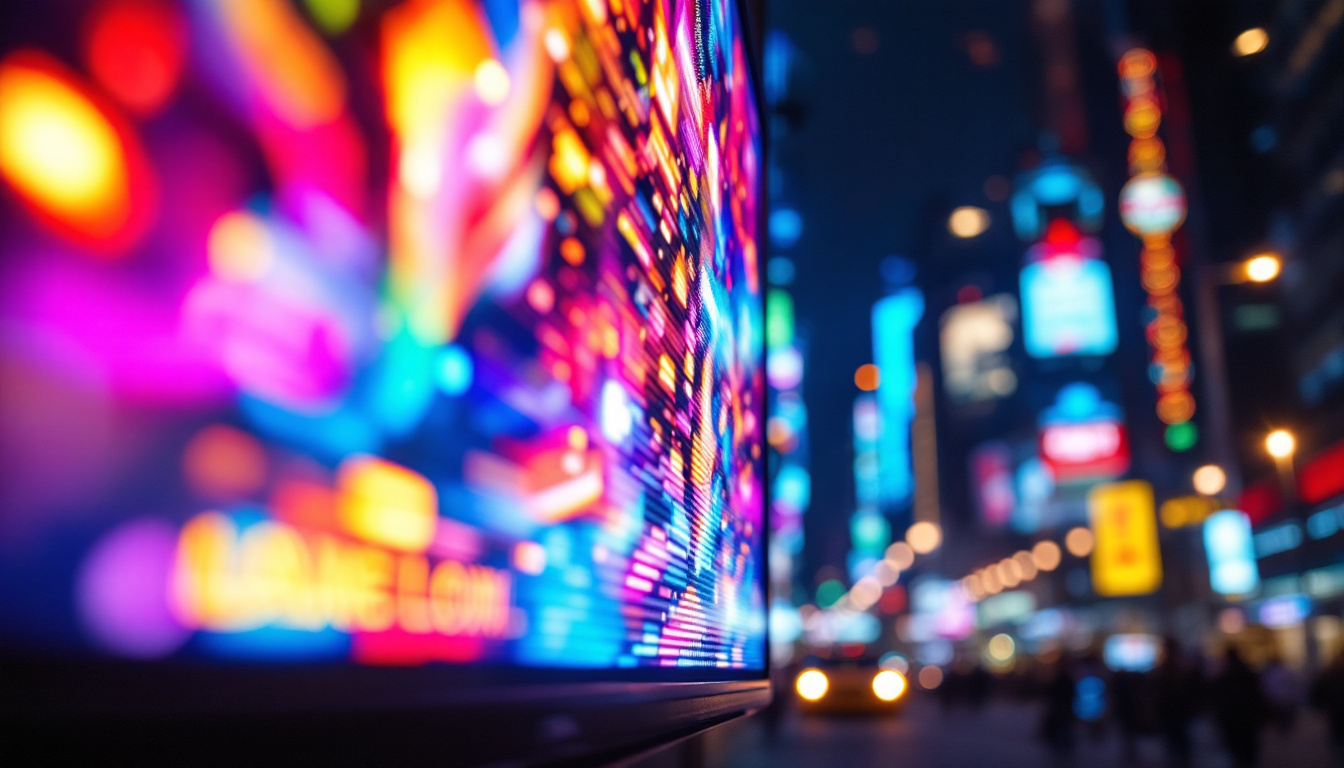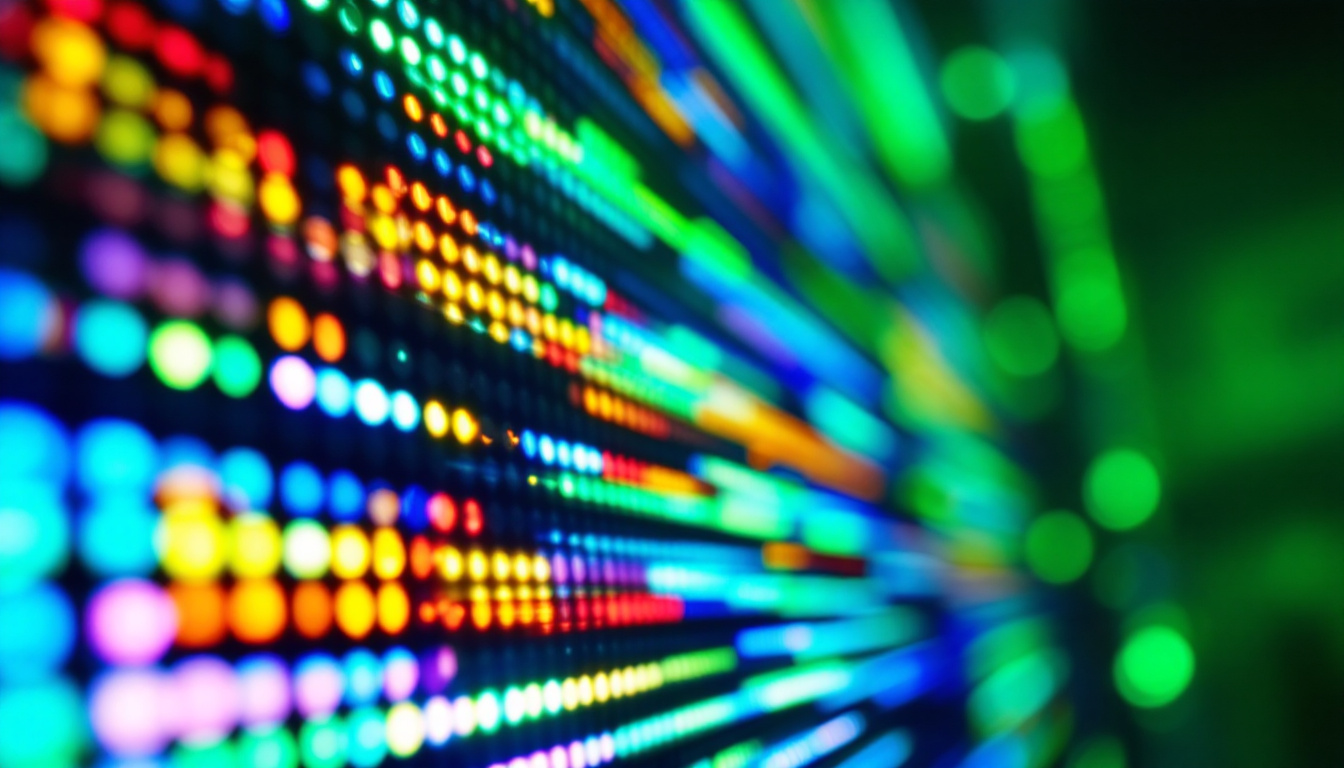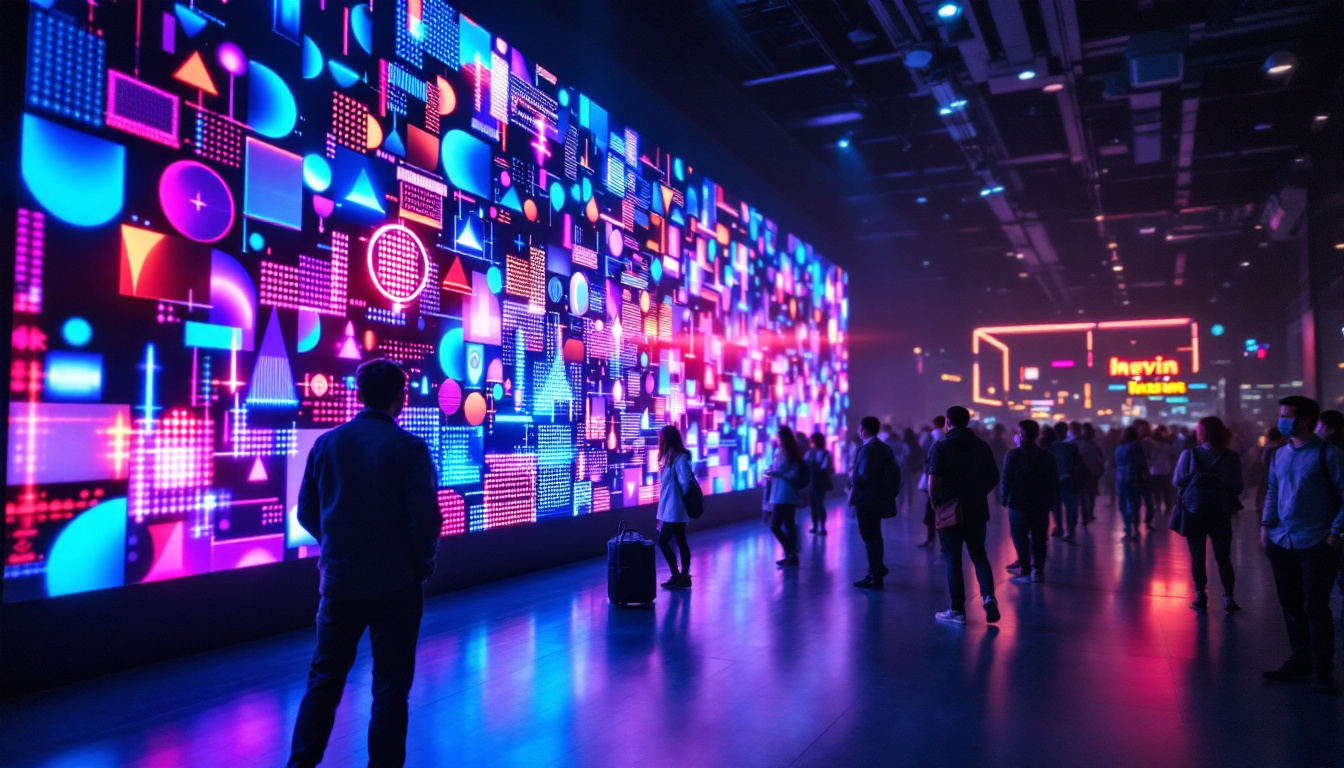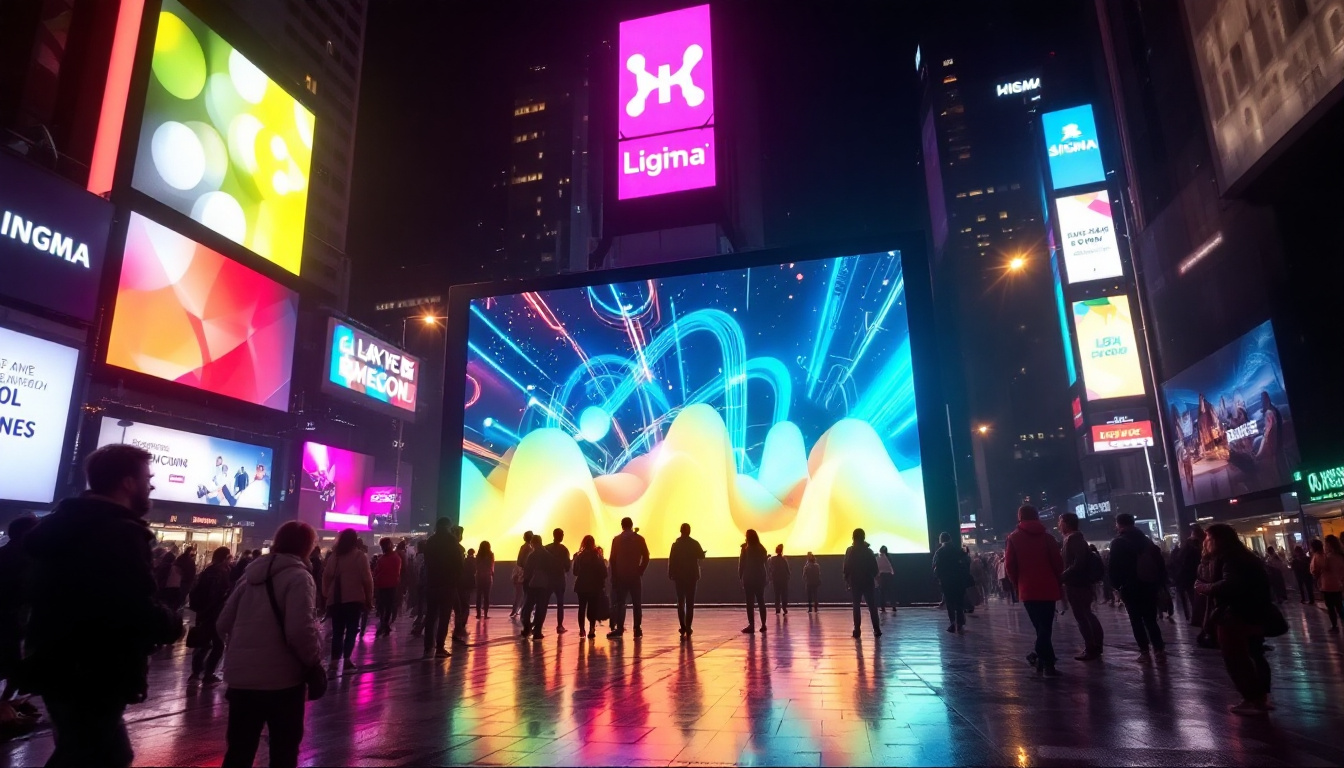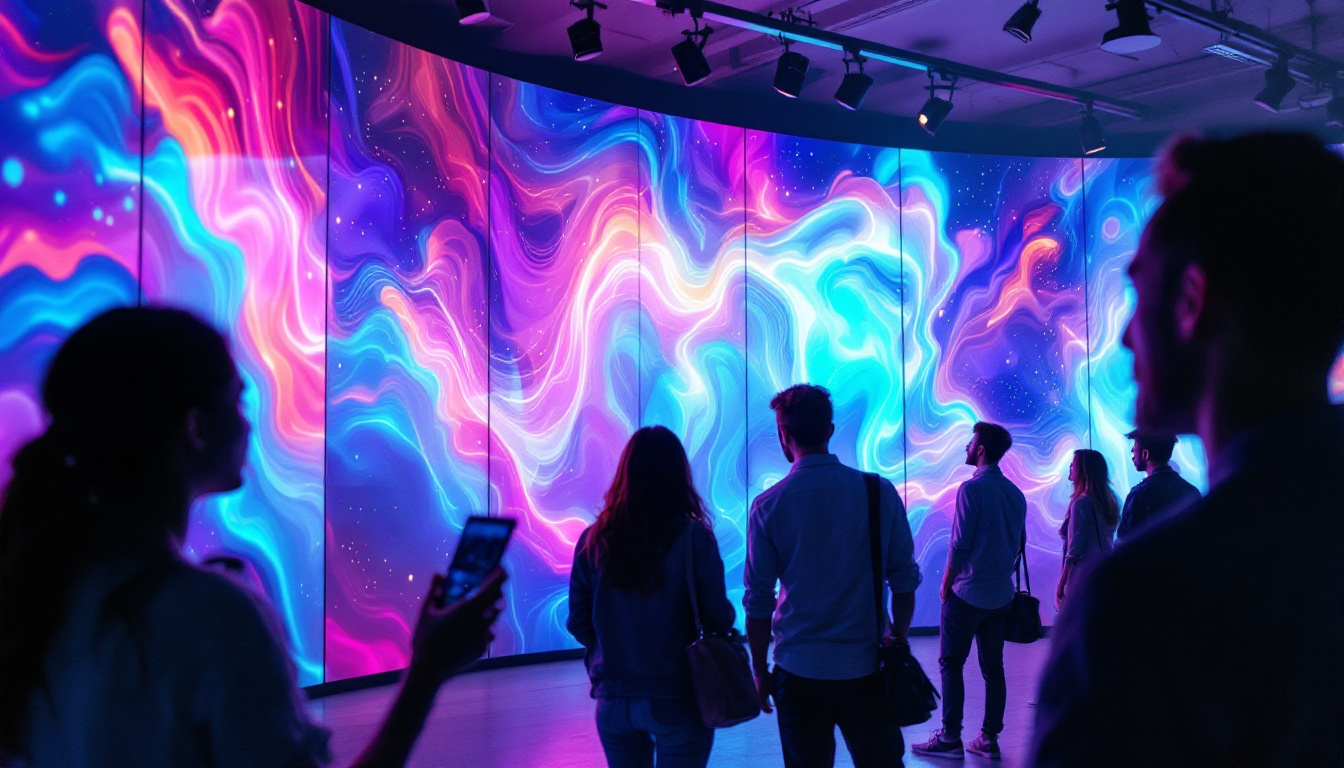In the modern world, visual communication has become increasingly important. One of the most effective ways to convey messages is through LED displays. These vibrant screens are used in various settings, from advertising to public information systems. This article delves into the intricacies of LED displays, focusing on their technology, applications, and the reasons behind their growing popularity.
Understanding LED Technology
LED, or Light Emitting Diode, technology has revolutionized the way we think about displays. Unlike traditional incandescent bulbs, LEDs are solid-state devices that emit light when an electric current passes through them. This fundamental difference in technology leads to numerous advantages, making LEDs the preferred choice for many applications.
How LEDs Work
The basic principle behind LED technology involves electroluminescence. When electrons move through a semiconductor material, they release energy in the form of photons, which we perceive as light. The color of the light emitted depends on the materials used in the semiconductor. For instance, different combinations of gallium, arsenide, and phosphorous can produce various colors.
LEDs are highly efficient, converting a larger percentage of electrical energy into light compared to traditional bulbs. This efficiency not only reduces energy consumption but also extends the lifespan of the displays, making them a cost-effective option in the long run. In fact, many LED lights can last up to 25,000 hours or more, significantly outlasting their incandescent counterparts, which typically last around 1,000 hours. This longevity not only translates to savings on replacements but also reduces waste, aligning with more sustainable practices in energy consumption.
Types of LED Displays
There are several types of LED displays, each designed for specific applications. The most common types include:
- Direct View LED Displays: These displays consist of individual LED modules that are arranged to form a larger screen. They are often used for outdoor advertising and large-scale events.
- LED Video Walls: Composed of multiple smaller displays, LED video walls can create a seamless image that is ideal for concerts, sports events, and exhibitions.
- LED Backlit Displays: Common in televisions and computer monitors, these displays use LEDs to illuminate an LCD panel, providing brighter images and better contrast.
In addition to these common types, there are also specialized LED displays such as OLED (Organic LED) and MicroLED displays. OLED technology utilizes organic compounds that emit light when an electric current is applied, allowing for even thinner and more flexible screens. This technology is particularly popular in high-end smartphones and televisions due to its ability to produce deep blacks and vibrant colors. MicroLED, on the other hand, is an emerging technology that uses microscopic LEDs to create individual pixels, offering exceptional brightness, contrast, and energy efficiency. As these technologies continue to evolve, they promise to push the boundaries of display capabilities even further, enhancing our viewing experiences across various platforms.
Applications of LED Displays
LED displays have found their way into a multitude of sectors, each benefiting from the unique properties of this technology. From advertising to transportation, the versatility of LED displays is unmatched.
Advertising and Marketing
One of the most prominent applications of LED displays is in advertising. Businesses utilize these vibrant screens to capture attention and convey messages effectively. The dynamic nature of LED displays allows for changing content, making it possible to showcase multiple advertisements throughout the day.
Digital billboards, for example, can rotate advertisements every few seconds, maximizing exposure and engagement. This flexibility not only enhances visibility but also allows advertisers to target specific audiences based on time and location.
Public Information Systems
LED displays are also widely used in public information systems, such as transportation hubs and municipal buildings. These displays provide real-time information, including arrival and departure times for buses and trains, emergency alerts, and general announcements.
The clarity and brightness of LED displays ensure that information is easily visible, even in bright sunlight or adverse weather conditions. This reliability is crucial for maintaining public safety and ensuring smooth operations in busy environments.
Entertainment and Events
In the entertainment industry, LED displays have become essential for concerts, festivals, and sporting events. Large-scale LED screens are used to enhance the audience experience, providing close-up views of performances and displaying graphics that complement the event.
Moreover, the ability to create stunning visual effects using LED technology has transformed stage design. Event organizers can now utilize LED screens to create immersive environments that captivate audiences and elevate the overall experience.
Advantages of LED Displays
The growing popularity of LED displays can be attributed to their numerous advantages over traditional display technologies. Understanding these benefits can help businesses and organizations make informed decisions about their visual communication strategies.
Energy Efficiency
One of the most significant advantages of LED displays is their energy efficiency. LEDs consume significantly less power compared to traditional lighting technologies. This reduced energy consumption translates into lower electricity bills and a smaller carbon footprint, making LED displays an environmentally friendly choice.
Additionally, the longevity of LED technology means that replacements are less frequent, further contributing to cost savings over time. Many LED displays can last up to 100,000 hours, making them a long-term investment for businesses.
High Brightness and Clarity
LED displays are known for their exceptional brightness and clarity. This quality makes them suitable for various environments, including outdoor settings where sunlight can wash out other types of displays. The vivid colors and sharp images produced by LED technology ensure that messages are conveyed effectively, regardless of the viewing conditions.
Furthermore, the high contrast ratios of LED displays enhance readability and visual appeal, making them an ideal choice for advertising and public information systems.
Flexibility and Versatility
Another advantage of LED displays is their flexibility and versatility. They can be configured in various shapes and sizes, allowing for creative installations that fit specific spaces and design requirements. This adaptability makes LED displays suitable for a wide range of applications, from retail environments to large-scale events.
Additionally, the modular design of many LED displays enables easy upgrades and maintenance, ensuring that organizations can keep their technology up to date without significant disruptions.
Challenges and Considerations
While LED displays offer numerous benefits, there are also challenges and considerations that need to be addressed. Understanding these factors can help organizations make more informed decisions regarding their use of LED technology.
Initial Costs
The initial investment for LED displays can be higher than traditional display technologies. The cost of purchasing and installing high-quality LED screens can be significant, which may deter some businesses from making the switch. However, it is essential to consider the long-term savings associated with energy efficiency and longevity when evaluating the overall cost.
Organizations should also explore financing options and potential grants that may be available to offset the initial expenses. In many cases, the return on investment can justify the upfront costs.
Maintenance and Upkeep
While LED displays are generally low-maintenance, they are not entirely maintenance-free. Regular cleaning and occasional repairs may be necessary to ensure optimal performance. Organizations should factor in these maintenance costs when budgeting for LED displays.
Additionally, training staff to operate and maintain the displays can incur additional costs. However, the benefits of having a dedicated team to manage the technology can lead to better utilization and more effective displays.
Environmental Considerations
As with any technology, environmental considerations are essential. While LED displays are more energy-efficient than traditional technologies, they still contain electronic components that can pose disposal challenges at the end of their lifespan. Organizations should consider recycling options and responsible disposal methods to minimize their environmental impact.
The Future of LED Displays
The future of LED displays is promising, with ongoing advancements in technology and increasing adoption across various industries. As manufacturers continue to innovate, we can expect to see even more efficient, versatile, and visually stunning displays in the coming years.
Emerging Technologies
New technologies, such as microLED and organic LEDs (OLEDs), are on the horizon, offering even greater potential for LED displays. MicroLED technology, for instance, promises to deliver superior color accuracy and contrast while maintaining the energy efficiency that LEDs are known for.
These advancements may lead to more compact and lightweight displays, enabling new applications in areas such as virtual reality and augmented reality, where immersive experiences are becoming increasingly important.
Integration with Smart Technology
As smart technology continues to evolve, the integration of LED displays with IoT (Internet of Things) systems is becoming more prevalent. This integration allows for real-time data updates, remote management, and enhanced interactivity, creating more engaging experiences for users.
For example, LED displays in retail environments can be connected to inventory management systems, allowing for dynamic pricing and promotions based on stock levels. This kind of integration not only enhances customer engagement but also streamlines operations.
Conclusion
LED displays have become an integral part of modern visual communication, offering numerous advantages that make them suitable for various applications. From advertising to public information systems and entertainment, the versatility of LED technology is unmatched.
While there are challenges to consider, the long-term benefits of LED displays, including energy efficiency, high brightness, and flexibility, make them a worthwhile investment. As technology continues to advance, the future of LED displays looks bright, promising even more innovative solutions for businesses and organizations.
In a world where visual communication is paramount, understanding and leveraging the capabilities of LED displays can provide a significant competitive advantage. Embracing this technology is not just a trend; it is a strategic move towards a more efficient and engaging future.
Explore Cutting-Edge LED Display Solutions with LumenMatrix
Ready to elevate your visual communication strategy with the latest in LED display technology? Discover LumenMatrix’s comprehensive range of innovative LED display solutions, from dynamic Indoor and Outdoor LED Wall Displays to versatile Vehicle and Sports Displays. Whether you’re looking to captivate passersby with a vibrant LED Poster Display, engage fans with a high-impact Floor LED Display, or create a custom visual experience, LumenMatrix has the technology to bring your vision to life. With a commitment to revolutionizing visual engagement, LumenMatrix empowers businesses to communicate with clarity and impact. Check out LumenMatrix LED Display Solutions today and see how we can help you create unforgettable visual experiences.

